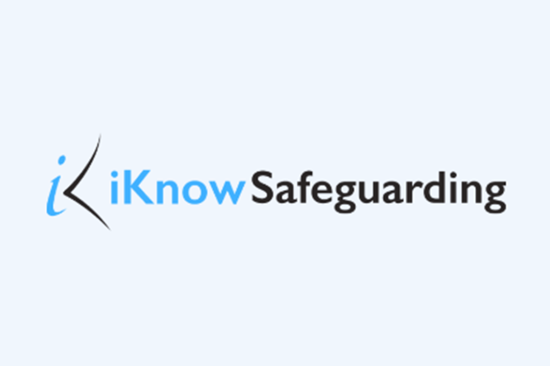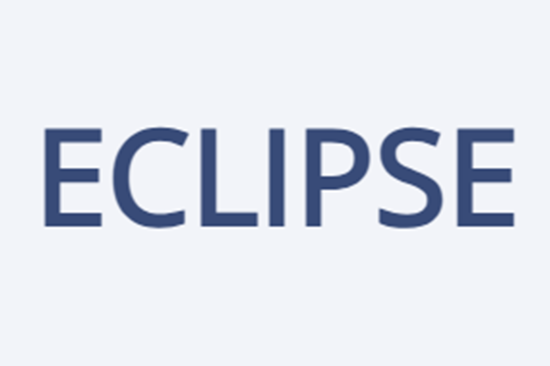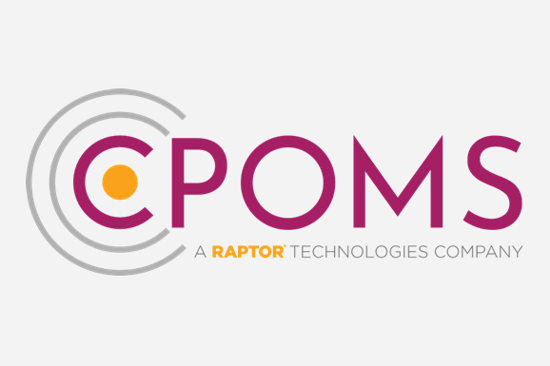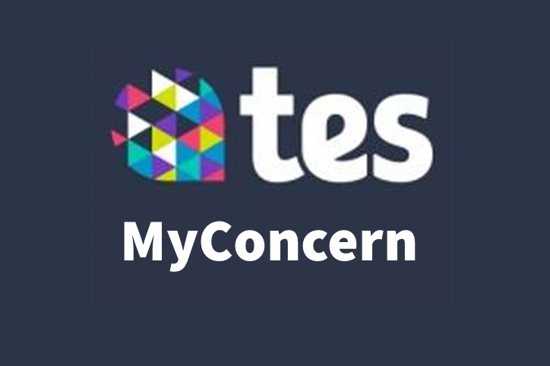
Safeguarding management software can be a game-changer when it comes to streamlining your safeguarding processes and ensuring potential risks are well managed within your organisation. In fact, effective software is quickly becoming an essential part in most safeguarding arrangements.
Also known as Child Protection Software, Incident Reporting, or Case Management systems, when implemented well, these digital tools can support and strengthen your efforts to create an environment that is safer for everyone. In this blog, we outline some of the benefits these systems can offer and explore some of the key things to look for when choosing a system that’s right for your organisation.
What are the benefits?
Safeguarding management software can offer numerous benefits to an organisation. These can include:
- Streamlined reporting – it can help simplify the process of reporting concerns and make it easier to track and manage cases.
- Secure storage – it makes the storage of confidential and sensitive documentation relating to cases such as risk assessments more secure and makes managing appropriate access easier.
- Improved risk management – it can help you identify, assess, and mitigate risks more effectively.
- Increased accountability – it provides a clear audit trail of actions taken, enhancing transparency and accountability within the organisation.
- Better communication – it can facilitate better communication and collaboration among team members, ensuring that everyone is informed and aligned.
- Real-time monitoring – it allows for real-time monitoring and analysis of data so you can track and monitor progress enabling quicker responses to emerging issues.
- Automation and efficiency – it can help automate many manual processes, saving time and resources.
- Enhanced compliance – it can help ensure adherence to legal and regulatory guidance and requirements, reducing the risk of non-compliance.
- Reliable continuity – it can help support with continuity so that when staff and volunteers move on or change role that access, and storage of historic records is maintained and managed effectively.
- Information sharing – it can assist with maintaining records that allow for appropriate information sharing with statutory partners when needed.
Where to start?
Choosing a system or solution can be daunting. Here are some important things to think about that will help you when deciding which safeguarding system is right for your organisation:
- Start with your existing processes – your organisation should already have safeguarding processes and procedures in place (if not, a safeguarding management system is not the answer! – for help setting-up your safeguarding check out our membership options). Think about how a new system will fit in with and support your current ways of working or make them better. Select a system based on the relevant features to your processes. What are your common areas of need? Is it reporting, storage of documents, information sharing, integration with criminal records disclosure systems or alerting relevant people to concerns?
- What do you want to record? - give thought to the types and nature of the information or concerns you want to record and the level of detail you want to capture. For example, do you want to capture concerns about the people your organisation works with, or about your staff and volunteers as well. The type and level of detail you require may determine how complex and customisable your system will need to be.
- Consider implementation – When selecting a software provider, the question of what training and support they offer with set-up and implementation is an important one. Think about how this system will be rolled out across your organisation and how you will train and support users of the software with their varying abilities. Do you have sufficient level of expertise in your organisation to do this – or do you need to seek external expertise? Are there other existing software systems that will either operate in parallel or with some level of integration?
- Have a long-term vision - Thought should be given to the ongoing maintenance and upkeep of the system and the training of new users. Ongoing costs to support and maintain the software will need to be factored into your budget. Consider the long-term vision – what is your goal? How will this software fit with your wider organisational strategy and culture.
Things to consider
Each software or system will have its own benefits or functionality and with a vast array of options available, the decision can feel overwhelming. Getting dazzled by a software’s bells and whistles can distract you from identifying features that truly address your organisations areas of need. Drawing up a list of ‘must haves’ and ‘would like to haves’ is a good place to start. Here are our top things to consider:
- Access - Consideration needs to be given to when and where those using the software will be able to access it and what they will need to access. Will the software be accessed via the person’s own device or through specified or authorised devices? How will you ensure only authorised individuals have access to the system? People may need access to different parts of the system or need different levels of access depending on their role. If your organisation is part of a denomination, group or network (at local, regional or national level), Parachurch organisation, or multi-site charity, thought may need to be given to how this overview access will be managed and how the different organisations connect. It helps to have thought these things through beforehand so you’re clear on what you need.
- Security - The management of safeguarding concerns needs to be done with great care and sensitivity ensuring that your records are held securely, and access is controlled via permissions so that confidentiality is maintained. Any system needs to comply with your data protection policies, and many carry a recognised security accreditation or quality mark such as ISO27001 or Cyber Essentials. Most systems will use encryption to protect the data and include some level of two-factor authentication. For cloud-based software you will need to consider where the data is stored, is it on servers based in the UK and compliant with UKGDPR expectations?
- Integration - The extent to which you need your system to integrate with other internal systems, such as your HR, rota planning or training records should be considered. Connecting to external systems – such as your criminal record check processing provider – should also be considered. Some systems may offer Application Processing Interface (or API) integration or other bespoke integrations. Integration of systems is usually preferable to enable seamless and uncomplicated navigation and processes for users. Operating with multiple systems that are involved in the same process, but unable to speak to each other may cause unwanted complications. Where full integration is not possible, selecting a product that can meet your needs as a standalone product will be important.
- Customisation – Most systems will offer some form of ‘off-the-shelf' product which may mean you have to adapt your processes to work around them. Differing levels of customisation are available allowing you to build a system that works around your own processes and procedures and can be configured to your context, workflows, and structure. Some systems that are available have been developed with particular settings in mind and are therefore stronger for different uses (e.g. education, churches or charities). This will be important to consider.
- Reporting and document management – A core part of any system will be ease of reporting. Think about the kinds of reports you need to generate to help you monitor and track the progress of cases. Secure storage and uploading of documents is also a big consideration. Documents such as criminal record check results, training records, risk assessments, or evidence connected with any concerns, will all need to be stored securely with appropriate levels of access permissions.
- Affordable and scalable – Although price is often a deciding factor – functionality and features are just as important. Some systems will be charged on a licence per user basis so you should find out the pricing structure of any system before deciding. The cost may also depend on the number of records you process and the number of people you interact with. This may affect the ongoing costs. Any system should also be sufficiently flexible to be able to assist you with future growth and potential changes in user requirements. Otherwise, your system may not be able to expand with you and meet your needs into the future.
What are the options?
At Thirtyone:eight our mission is to equip, empower and encourage our members to make the safeguarding task simpler, but we understand that some aspects of this, like choosing the right software supplier can be daunting. To help you we’ve done some research into the systems that are available and have listed them below for you to consider.
Although we cannot endorse individual products or give advice on what system is right for your organisation, we have met with all the suppliers listed below and have seen their products in action. The functionality of each system varies, so we recommend contacting your preferred supplier directly. We do not receive any commission on sales of these products.
If you are interested in having your product or solution listed, please get in touch.




